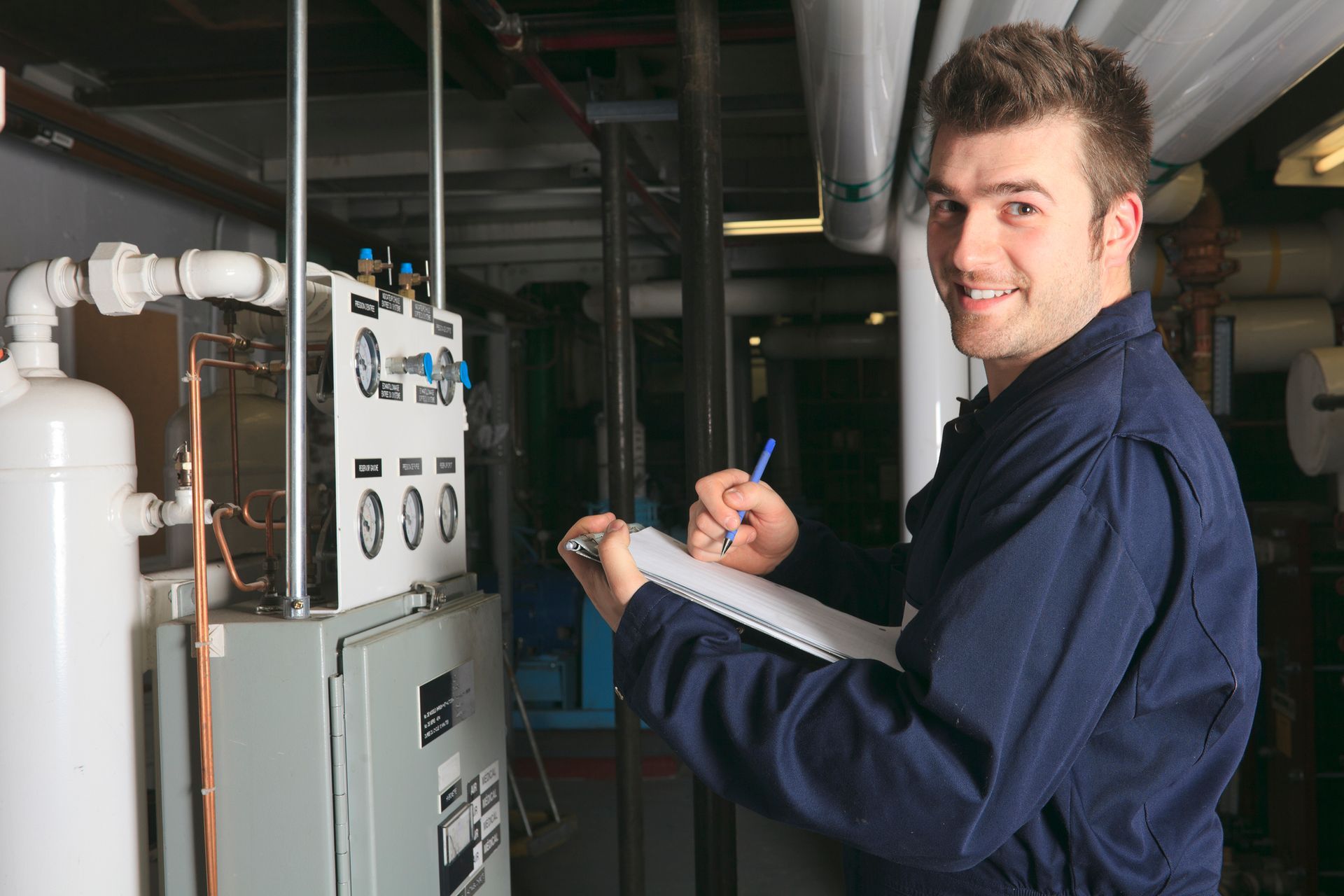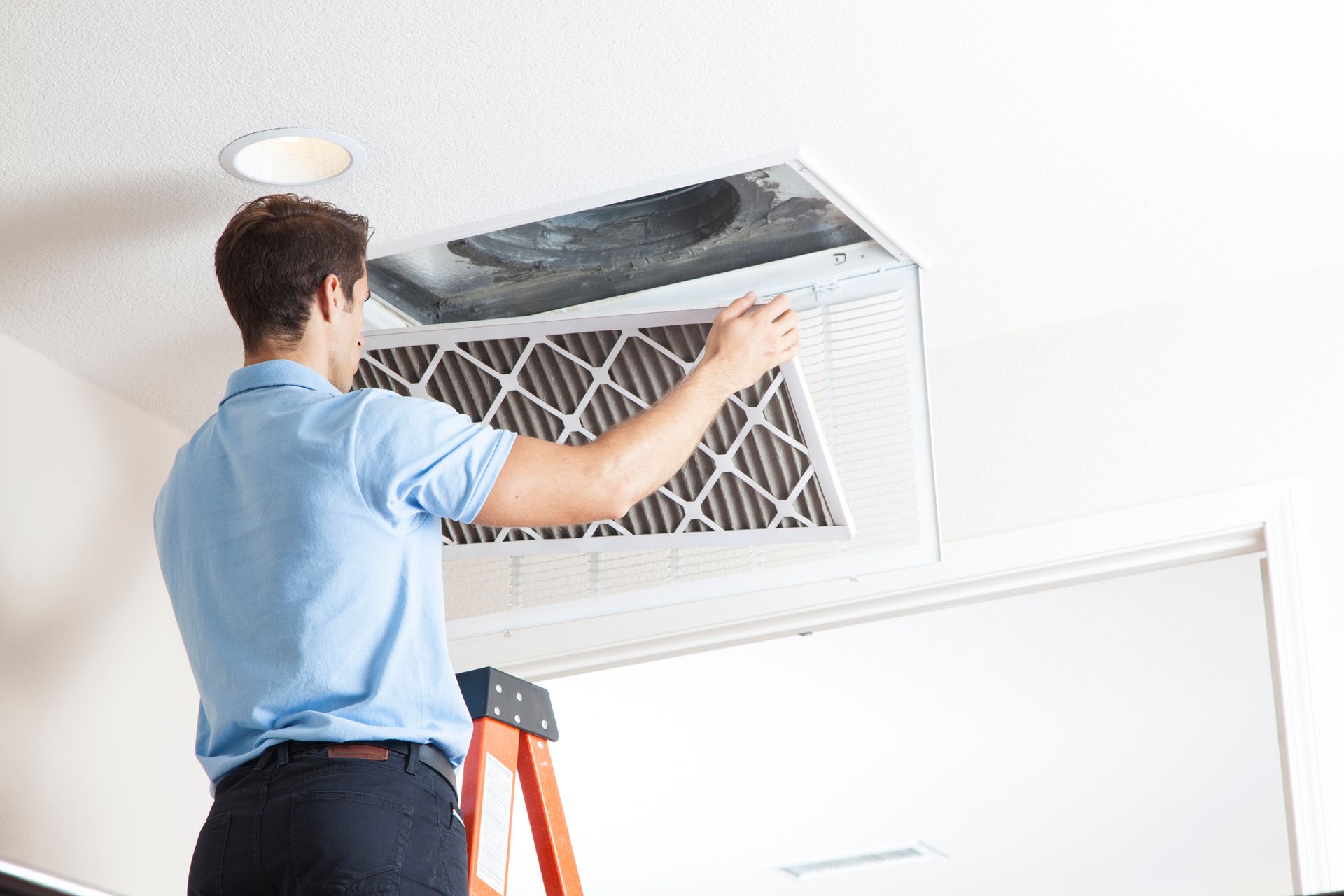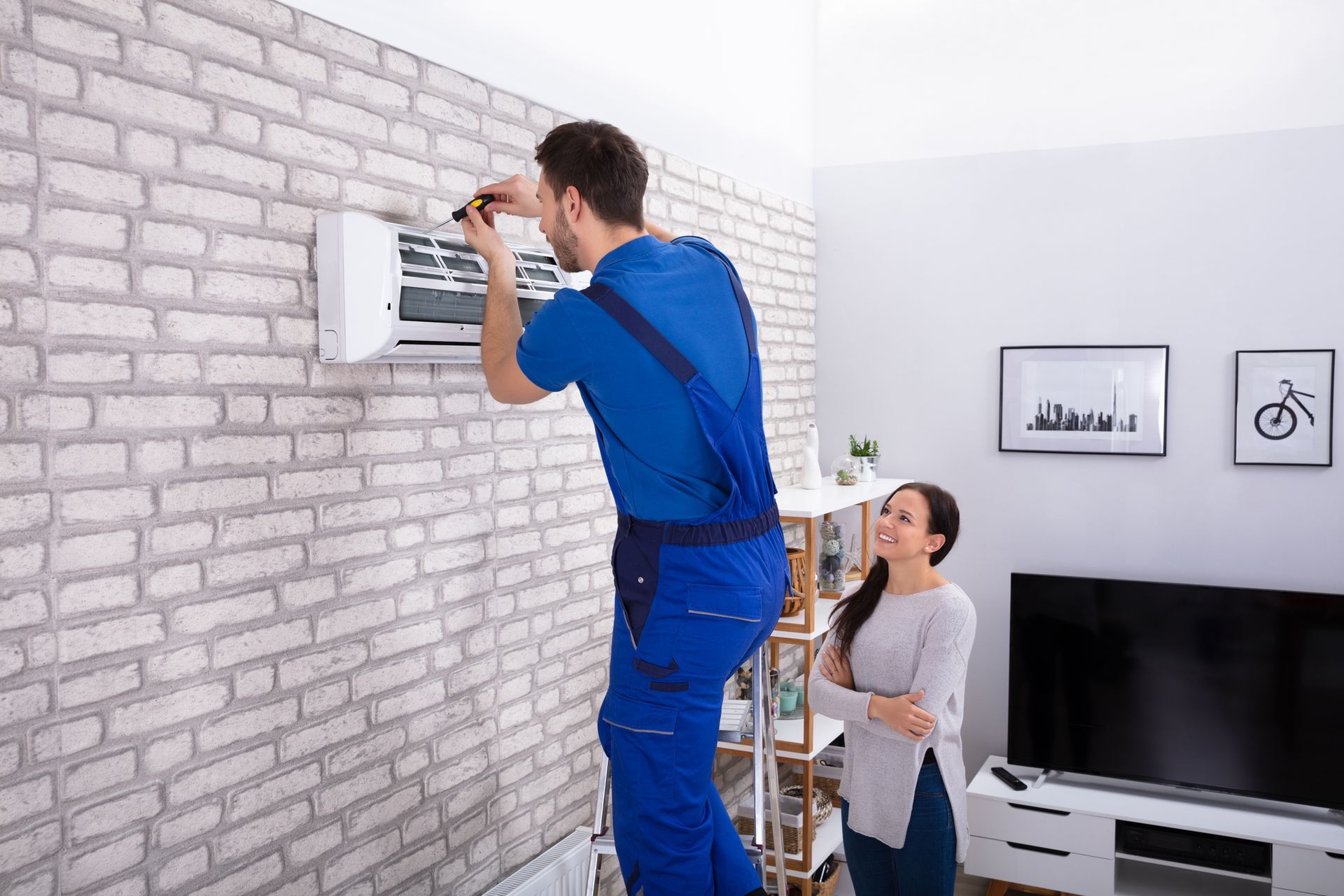Traditional ventilation systems in Hillsboro require the use of mechanical air handlers and fans to move air between the inside and outside of your home. However, there are alternatives that naturally pull fresh air into your home. Not only are these systems better for the environment because they use less electricity, they create a more natural flow of air that add to the comfort of your heating and air conditioning systems.
How Does Natural Ventilation Work?
There are two primary ways to employ natural ventilation in a building – either stack ventilation or wind driven ventilation. The former uses much lower pressure levels which means most buildings with natural ventilation opt for wind driven ventilation. While there are specific benefits to both systems, the best engineered systems tend to use both for a more even approach to natural ventilation.
Stack ventilation is incredibly simple. The idea is that warm air rises so when air enters a building, it heats up, both because of the people in the building and because of the indoor temperature. As the air rises and exits the building, it creates a vacuum that pulls new air in through vents placed at ground level. Simply opening windows can create this effect.
Wind driven ventilation uses the same concepts of stack ventilation but takes advantage of building design and the landscape to create pressure zones around the home. For example, the pressure on the side of a building that gets buffeted with wind will almost always be higher than the opposite side. Using ventilation based on this concept allows designers to create partial vacuums to draw new air in and expel old air.
What Is Best?
Most buildings today are built using mechanical ventilation because it can be better controlled and because it is more reliable than natural ventilation. That said, there are an increasing number of natural ventilation solutions for indoor air quality using modern technology to control the opening and closing of vents. For a small home, a system that allows you to have the natural ventilation benefits of an open window without losing all the energy you pay so dearly for is fantastic. Just be sure it will fit your specific needs by calling The Clean Air Act.
The post How Does Natural Ventilation Work? first appeared on Clean Air Act Inc..



















